Learn how to make a great resume
Play this video to see how easy it is to create a resume with our powerful builder using one of our professional resume samples.
Resume Examples
by Job and Industry
Accounting resume examples
51Administrative resume examples
99+Billing and collections resume examples
Business operations resume examples
56Child care resume examples
Computer software resume examples
Construction resume examples
49Cosmetology resume examples
Culinary resume examples
48Customer service resume examples
73Data systems administration resume examples
44Driving resume examples
37Education & teaching resume examples
37Finance resume examples
15Fitness & nutrition resume examples
Food service resume examples
28Health care support resume examples
15Human resources resume examples
15Information technology resume examples
9Janitorial resume examples
7Marketing resume examples
12Mechanical engineering resume examples
Medical resume examples
51Nursing resume examples
57Production resume examples
13Retail resume examples
18Sales resume examples
24Safety & security resume examples
Additional Resume Examples
Resume Format Examples
When creating your resume, choosing the right resume format is essential for highlighting your strengths effectively.
Functional
Puts the focus on the skills section
Best for
First-time job seekers or career changers lacking relevant experience
Combination
Skills and work history share the spotlight
Best for
Job seekers aiming for a promotion or land a more senior position
Chronological
Emphasizes your career history milestones
Best for
Candidates with a steady career progression in their field
How to Tailor Your Resume to the Job
Always customize our resume examples before applying! Tailor them with your unique skills and metrics and make a strong impression with these tips:
- Scan the job ad for resume keywords (required skills and qualifications) and add the ones that best match your experience to your resume.
- Use numbers to prove impact. Link your resume achievements directly to what the job needs, like boosting sales by 10%.
- Customize your resume profile to reflect company values. If they value innovation, highlight your latest ideas and projects.
- Edit your skills section for each application by highlighting six to eight of your most relevant skills for the job.
- Include a punchy resume headline featuring your most in-demand qualifications to quickly grab the hiring manager’s attention.
6 Benefits of Using Professional Resume Examples
Professional resume examples save you time and stress by showing you exactly how to craft a winning resume for any industry or experience level.
- Discover how professionals phrase their resume content, so you don’t struggle with writer’s block.
- Use real examples to see what to write, not just where to place it, unlike with generic templates.
- Save time by replacing skills and adding a few unique achievements instead of writing a resume from scratch.
- Get industry-specific ideas that highlight the exact skills and sections recruiters want for your target job.
- Optimize your resume with ATS-friendly examples that help you pass scanners and reach real recruiters faster.
- Learn what modern resumes include, what to skip, and how to stay current with today’s resume trends.
Frequently Asked Questions
Can I use a resume example even if I have little or no experience?
Yes. We have examples of resumes for all levels of experience. You can see them in this page’s “Resume Examples by Experience Level” section. However, if you need more detailed advice, you can find expert tips in our article How to Write a Resume With No Experience.
How long should my resume be?
Your resume should generally be one to two pages long to fit all your relevant information and concise enough for recruiters to read quickly. You should include one page for every 10 years experience. Learn more about your ideal resume length in our article How Long Should a Resume Be?
What should a resume look like in 2025?
What a resume should look like in 2025 is clean and polished design-wise, visually appealing yet simple enough to pass ATS. Use an easy-to-read font, bullet points and one-inch margins. Key sections are contact info, resume profile, work experience, skills and education, all tailored to the job application.
How often should I update my resume?
Update your resume every six months to include your most current achievements. Updating your resume regularly allows you to be prepared if you suddenly find yourself looking for a job. Of course, always update your resume whenever you apply for a new job.
What’s the difference between a CV and a resume?
Although CVs and resumes are standard job application documents, CVs are longer and include your entire academic and professional experience. Resumes are tailored to a specific job and are up to two pages long. In our article CV vs Resume: Key Differences & Examples, you can determine the right document for you.
Do you have creative resume examples?
Yes. You can find resume examples for many creative roles by searching for a specific creative job on this page’s search bar. You can also go to our creative resume templates page to browse the best resume layouts for creative fields.
How to write a resume for creative jobs?
Writing a resume for creative jobs requires a visually appealing yet professional design. Highlight creative skills, relevant projects and a portfolio link. Focus on unique accomplishments and tailor your resume to the role. Incorporate industry-specific keywords and showcase your versatility through varied experiences and creative problem-solving skills.
Do I need to list every job I’ve had on my resume?
No, only include relevant jobs in your resume that showcase your experience for the position you’re applying for. If you’ve had several jobs or held short-term roles, you can omit those that don’t add value to your current application.
Should I include references on my resume?
No. Including references on your resume isn’t necessary unless explicitly requested by the hiring manager. You can provide your references later in the hiring process if the employer asks.
How can I make my resume compliant with applicant tracking systems?
If you don’t include crucial details or format your resume incorrectly, applicant tracking systems (ATS) will reject your resume, and you won’t be considered for the role. To ensure your resume bypasses ATS, use simple resume examples, include keywords and run your document through our ATS Resume Checker.
Should I include a cover letter with my resume?
Yes, a cover letter complements your resume by providing more context about your qualifications and demonstrating your enthusiasm for the role. It’s a chance to personalize your application and address the employer’s needs.
Do you have cover letter examples, too?
Yes. Hundreds of cover letter samples are categorized by job or industry on our Cover Letter Examples page. You can also get a personalized cover letter created just for you in mere minutes by using our Cover Letter Generator.
Ready to land the job?
Join 28M+ others who’ve built a resume that works.
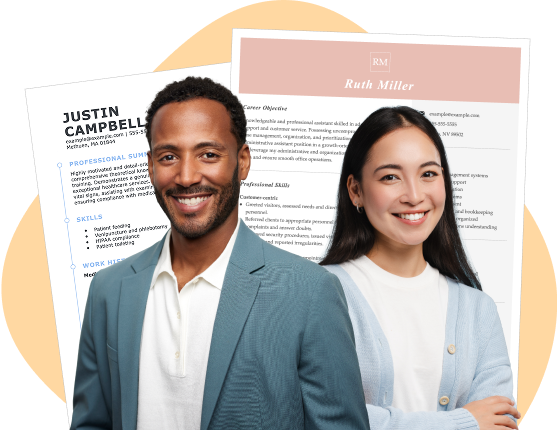
Featured in:*

*The names and logos of the companies referred to in this page are all trademarks of their respective holders. Unless specifically stated otherwise, such references are not intended to imply any affiliation or association with LiveCareer.

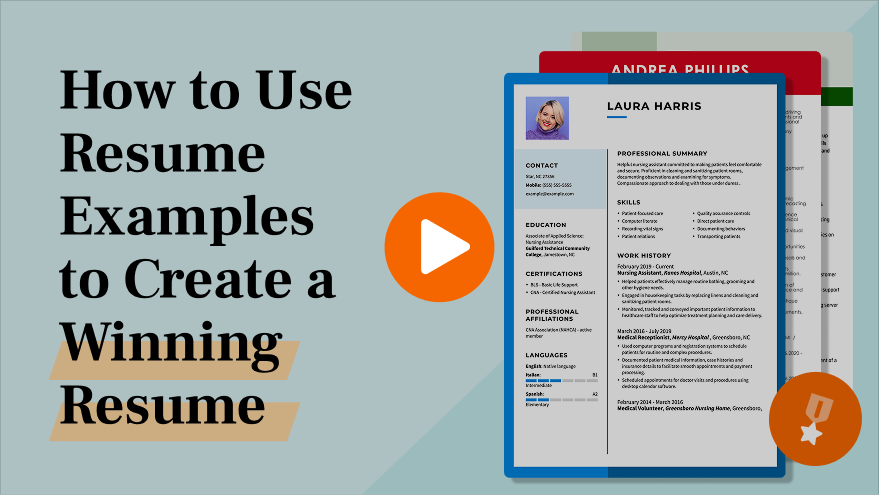
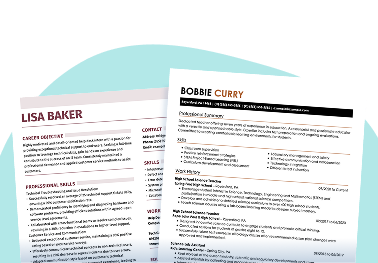
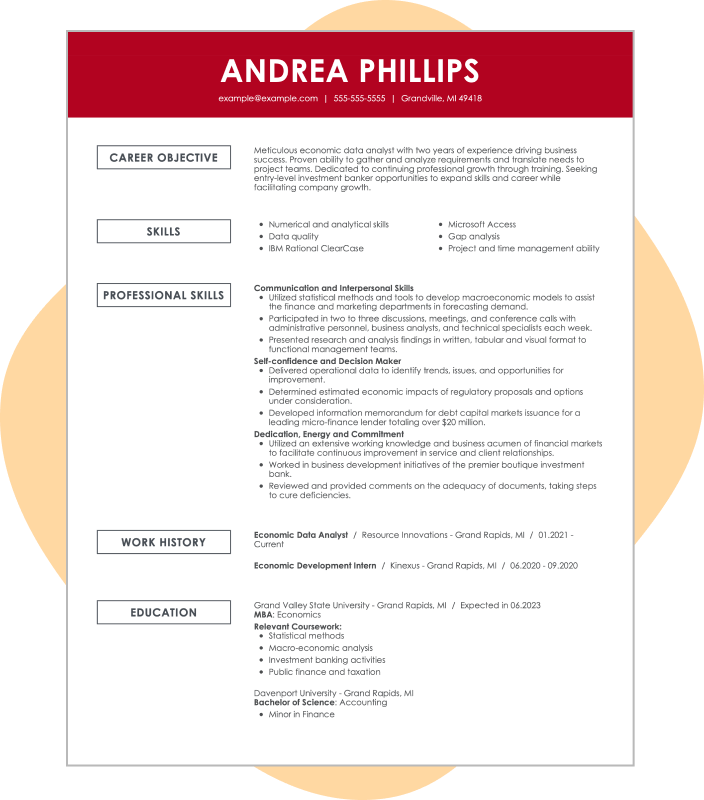
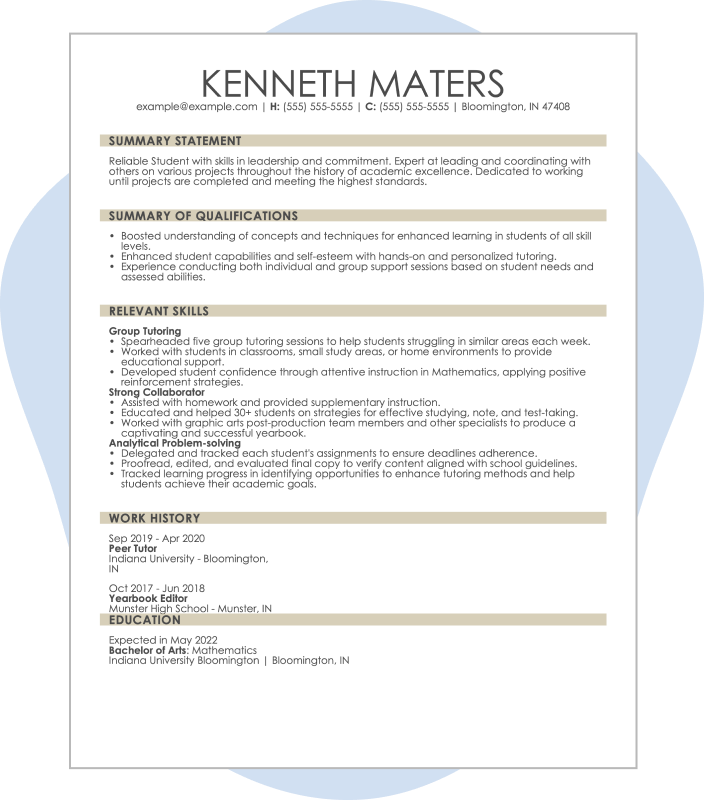
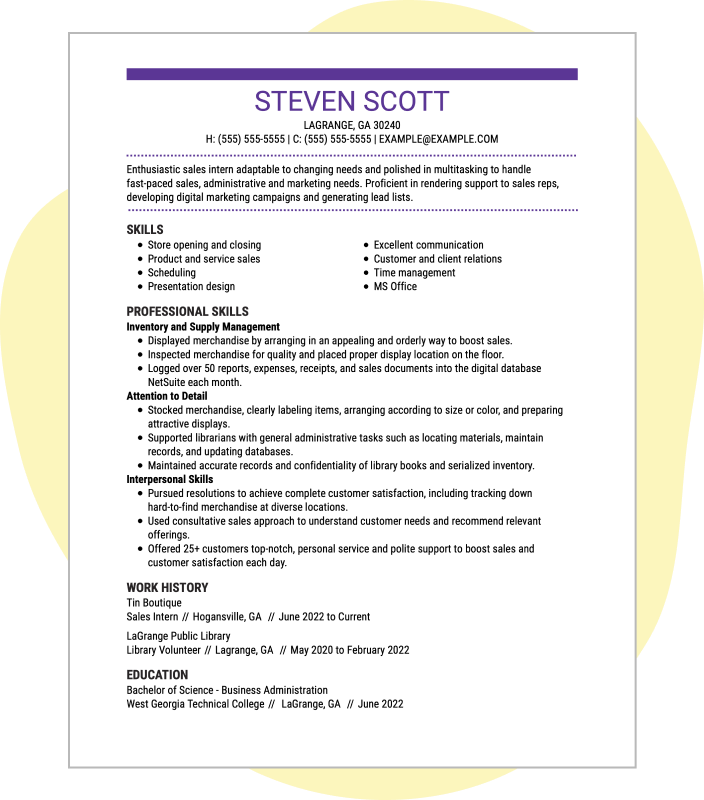
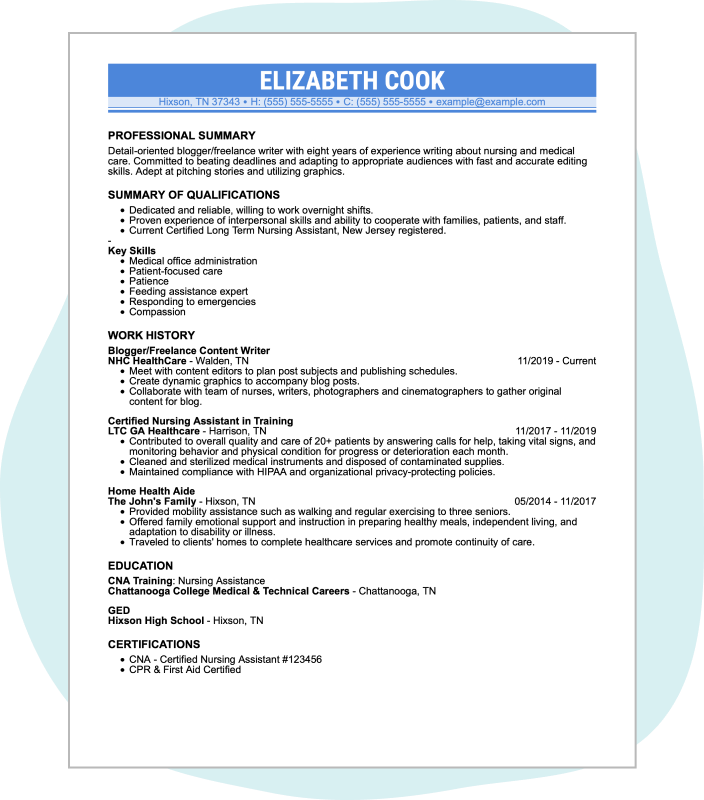
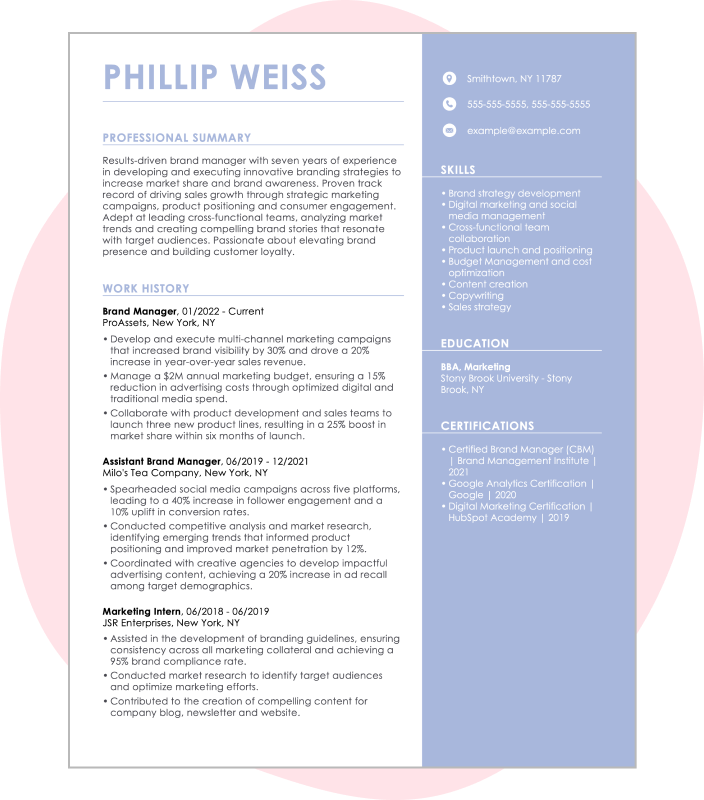
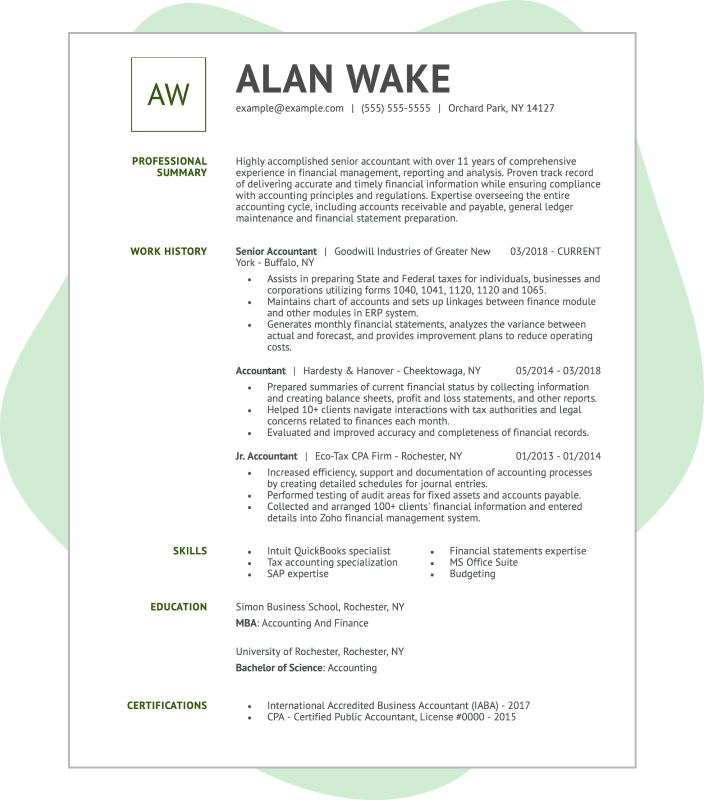
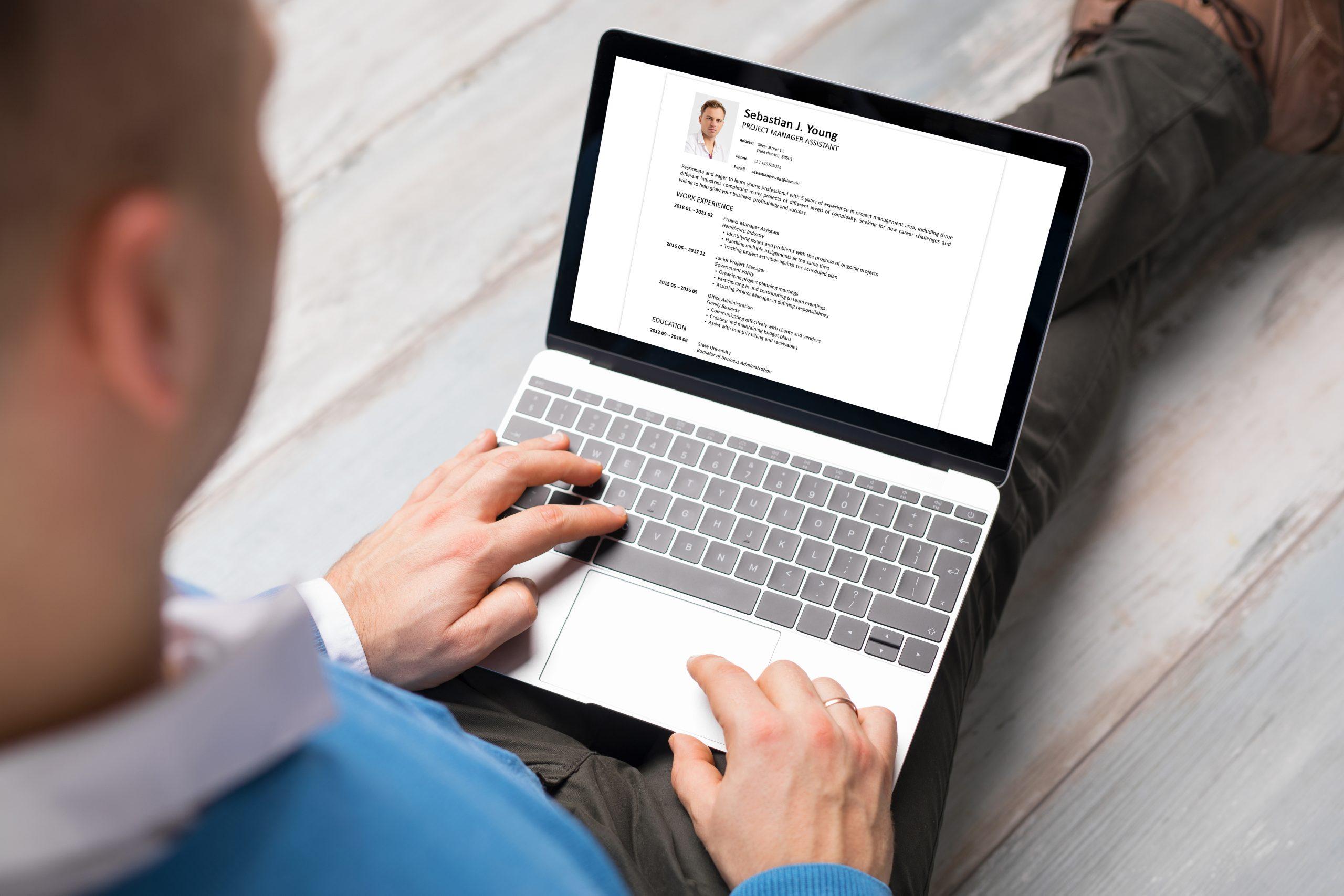




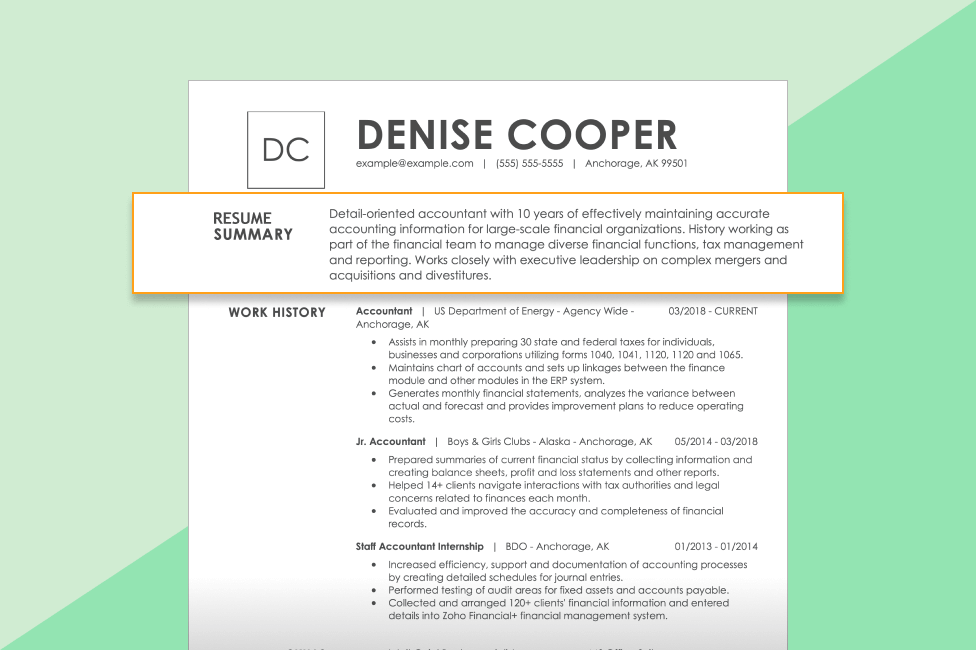

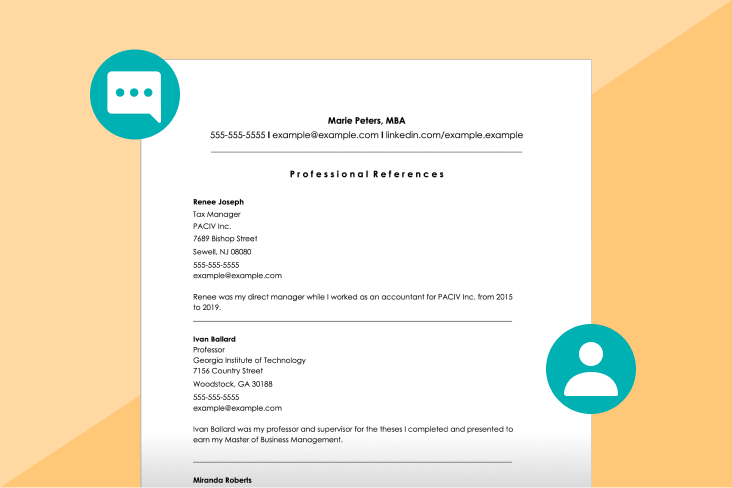
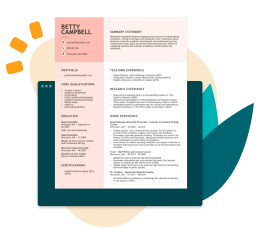
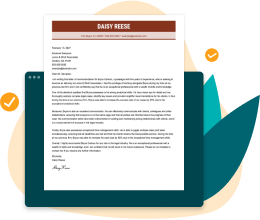
Social services resume examples
18Case Manager
Use This TemplateView all social services resumes